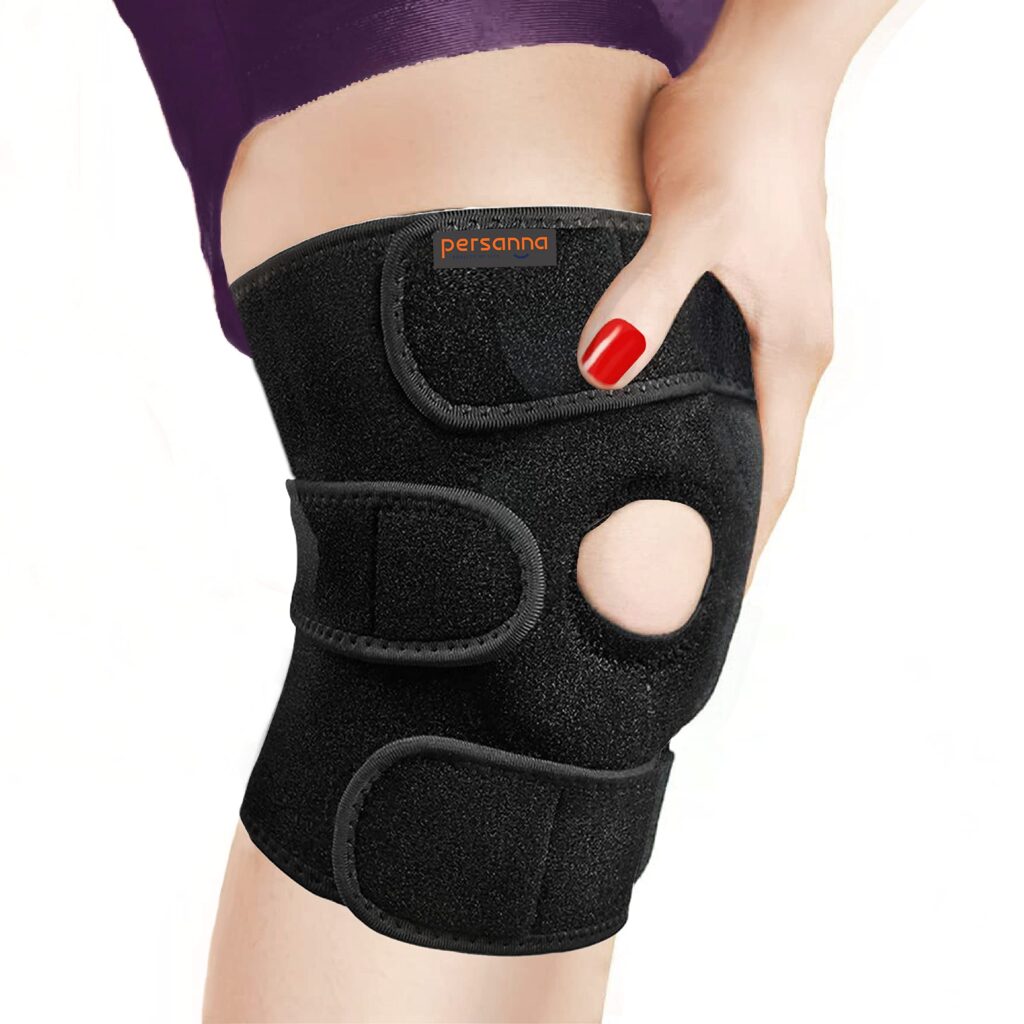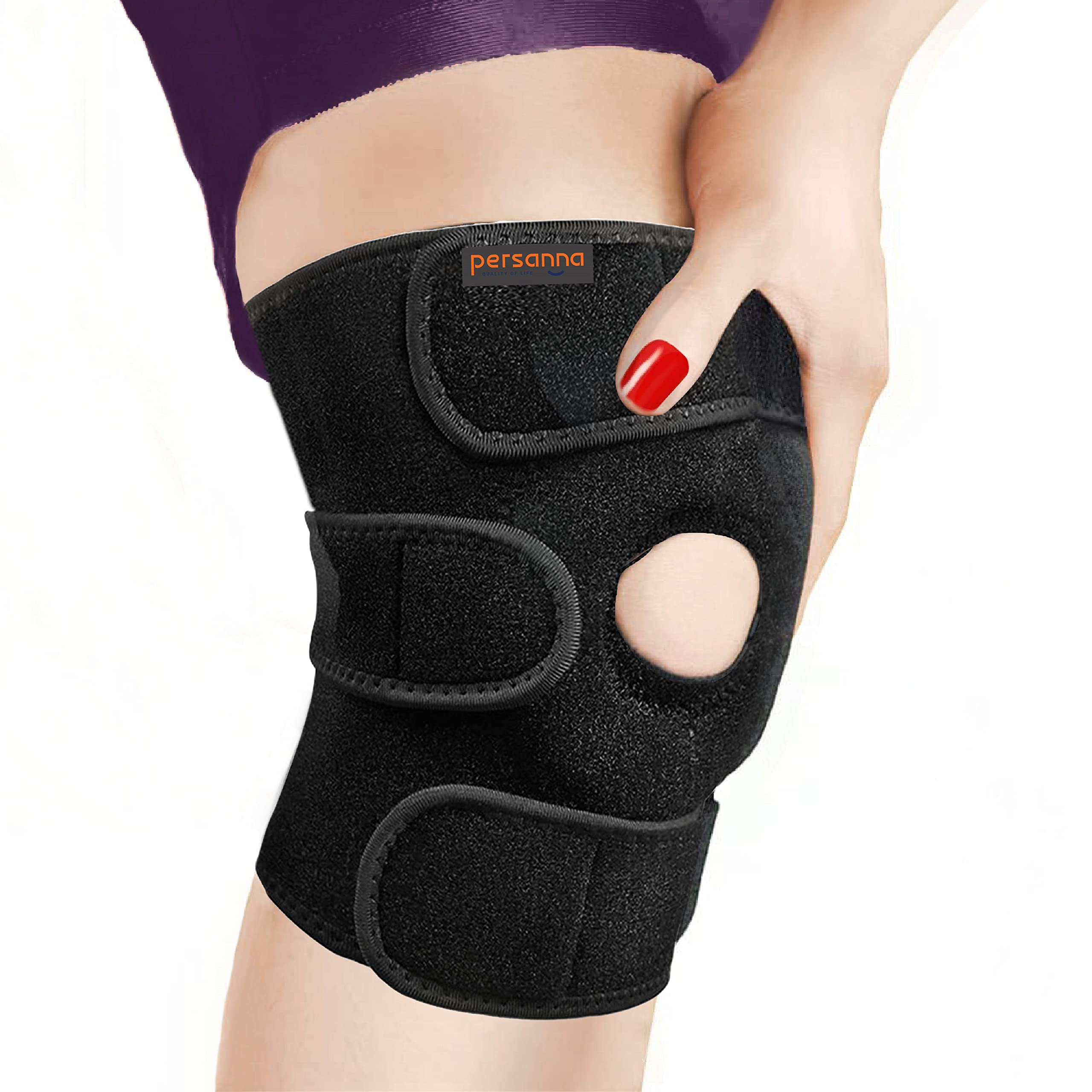In this article, you will learn about knee braces and how they can help you live a pain-free life. We will discuss the different types of knee braces available, their benefits, and how to choose the right one for your needs. Whether you are recovering from an injury or dealing with chronic knee pain, knee braces can provide the support and stability you need to maintain an active lifestyle. So, let’s explore the world of knee braces and discover how they can improve your quality of life.
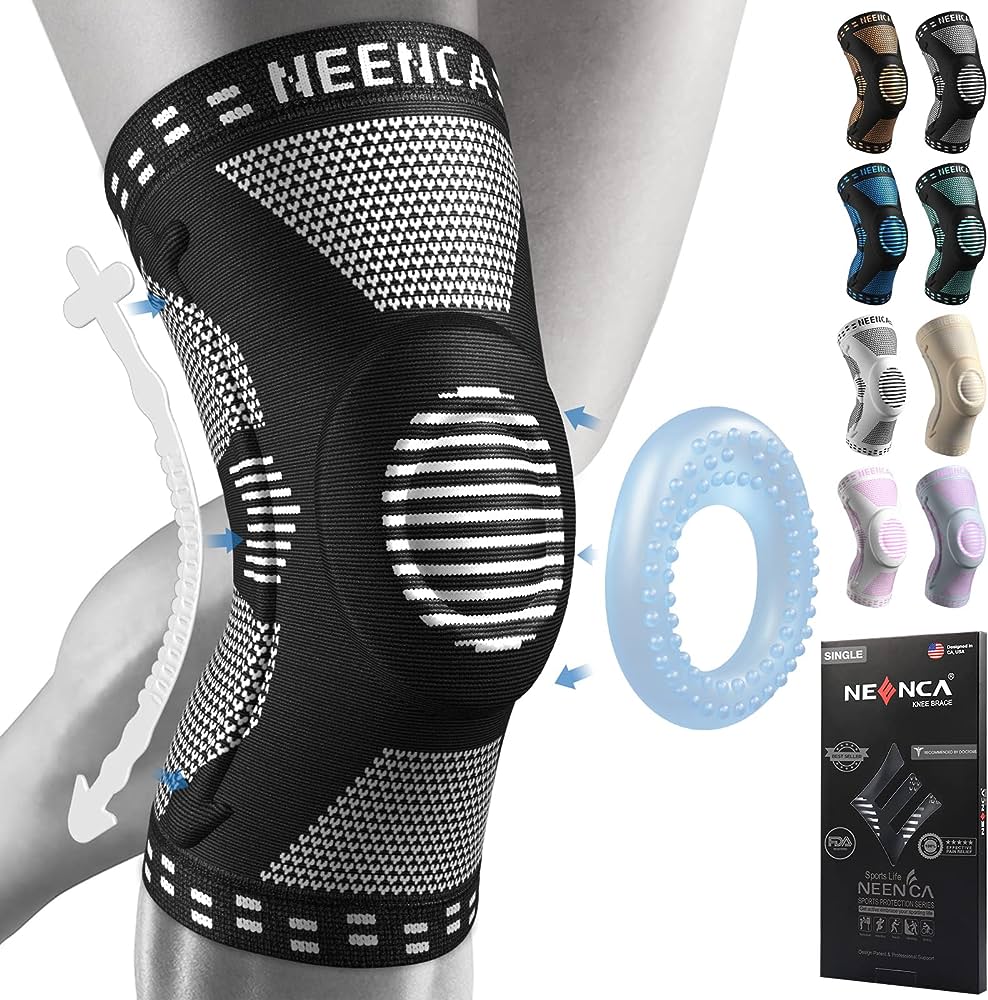
What are Knee Braces?
Different types of knee braces
How do knee braces work?
Benefits of using knee braces
Knee braces are a type of orthopedic product designed to provide support and stability to the knee joint. They come in various types and styles, each serving a specific purpose based on the individual’s needs and conditions.
Different types of knee braces
There are several types of knee braces available in the market, including:
- Prophylactic braces: These braces are designed to prevent injuries and are commonly used by athletes and individuals participating in high-impact activities.
- Functional braces: Functional braces are typically used by individuals who have already experienced a knee injury. They aim to support and stabilize the knee during the healing process and aid in preventing re-injury.
- Rehabilitative braces: These braces are used after a surgical procedure or injury to provide support and limit the range of motion during rehabilitation.
- Ligament braces: Ligament braces, such as ACL (Anterior Cruciate Ligament) braces, are specifically designed to support ligament injuries and provide stability to the knee joint.
- Unloader braces: Unloader braces are recommended for individuals suffering from arthritis or other conditions causing joint pain. They help relieve pressure on the affected area of the knee and reduce pain.
How do knee braces work?
Knee braces work by providing external support to the knee joint, helping to stabilize the knee and reduce stress on the surrounding structures. They can help improve stability, decrease pain, and prevent further injuries. The specific mechanism of action depends on the type of knee brace being used.
For instance, prophylactic braces provide support by distributing the forces applied to the knee joint more evenly. This can help prevent excessive movement and reduce the risk of injuries. Functional braces, on the other hand, limit the range of motion and provide stability to the injured knee.
Ligament braces, such as ACL braces, are designed to protect and support the ligaments in the knee joint. They help reduce excessive movement and provide stability to the joint during physical activities. Unloader braces are designed to shift the weight-bearing load from the affected part of the knee to the healthier area, relieving pain caused by conditions like arthritis.
Benefits of using knee braces
Using knee braces can provide several benefits, including:
- Stability: Knee braces offer stability to the knee joint, minimizing the risk of injuries and preventing further damage.
- Pain relief: Knee braces can help reduce pain and discomfort caused by knee injuries, arthritis, or other conditions.
- Improved function: By providing support and stability, knee braces can enhance the overall function and mobility of the knee joint.
- Protection: Knee braces can protect the knee joint and ligaments from excessive stress and strain during physical activities or sports.
- Faster recovery: For individuals recovering from knee surgery or injury, using a knee brace can aid in the recovery process by providing support and limiting the range of motion.
Using knee braces can significantly improve the quality of life for individuals suffering from knee injuries, arthritis, or other knee-related conditions.
When to Use Knee Braces?
Knee injuries
Arthritis and joint pain
Post-surgery recovery
Knee braces can be beneficial in various situations, including the following:
Knee injuries
If you have recently suffered a knee injury, a knee brace can help provide support, stability, and protection to the injured area. Whether it is a sprain, strain, or ligament tear, a brace can help in the healing process by limiting movement, reducing pain, and preventing further damage.
Depending on the severity of the injury, different types of knee braces may be recommended. For minor injuries, a prophylactic or functional brace may be suitable, while more severe injuries might require a rehabilitative or ligament brace.
Arthritis and joint pain
Individuals suffering from arthritis or chronic joint pain can benefit from wearing knee braces. These braces help reduce pain and discomfort by providing support to the affected knee joint and relieving pressure.
Unloader braces, in particular, are designed to shift the weight-bearing load from the arthritic or painful area to a healthier part of the knee. This can help alleviate pain and improve mobility, allowing individuals to engage in daily activities with less discomfort.
Post-surgery recovery
After undergoing knee surgery, using a knee brace is often a crucial part of the recovery process. A rehabilitative brace is typically recommended to provide support, stabilization, and controlled range of motion.
The brace helps protect the surgical site, prevent excessive movement, and support the knee during the healing process. It is essential to follow the surgeon’s instructions regarding the duration of brace usage and any specific guidelines for post-surgery rehabilitation.
Choosing the Right Knee Brace
Considerations for sizing
Understanding the level of support needed
Special features to look for
Choosing the right knee brace is essential to ensure proper support and comfort. Here are some factors to consider when selecting a knee brace:
Considerations for sizing
Proper sizing is crucial for the effectiveness of a knee brace. Each manufacturer may have its own sizing guidelines, so it is essential to measure the circumference of your knee accurately.
Measurements should be taken at the midpoint of the kneecap. It is important to refer to the manufacturer’s sizing chart and choose the appropriate size based on your measurements. A knee brace should fit snugly without restricting circulation or causing discomfort.
Understanding the level of support needed
Different knee braces offer varying degrees of support. Consider the specific knee condition or injury you have to determine the appropriate level of support required.
For sprains or minor injuries, a more flexible brace may be sufficient. However, for ligament tears or more severe injuries, a brace with stronger support and stability may be necessary.
Consulting with a healthcare professional can help determine the appropriate level of support needed for your specific condition.
Special features to look for
When choosing a knee brace, consider any additional features that may be beneficial for your specific needs. Some braces offer adjustable straps or hinges to provide customized support and fit. These features can allow for easier adjustments and a more comfortable fit.
Additionally, some knee braces are designed with moisture-wicking materials to improve breathability and minimize discomfort during physical activities.
Using Knee Braces Properly
Putting on and adjusting the brace
Proper alignment and fit
Maintenance and care
To maximize the effectiveness of a knee brace and ensure safety, proper usage and maintenance are necessary. Follow these guidelines for using knee braces properly:
Putting on and adjusting the brace
Start by loosening all the straps on the brace. Carefully slide the brace onto your leg, positioning it just above the knee joint. Make sure the brace is centered and aligns with the patella. Begin tightening the straps, starting from the bottom and working your way up.
Ensure that the brace is snug but not overly tight. You should be able to comfortably move your leg and bend the knee without restriction. Adjust the straps as necessary for a secure and comfortable fit.
Proper alignment and fit
It is essential to ensure that the knee brace is aligned correctly to provide optimal support and stability. The brace should cover the knee joint entirely, including the patella (kneecap).
Check that the hinges, if present, are aligned with the sides of your knee joint. Proper alignment of the brace will help distribute forces evenly and support the knee effectively.
Maintenance and care
Proper maintenance and care will prolong the lifespan of your knee brace and keep it functioning optimally. Follow the manufacturer’s instructions for cleaning and storing the brace.
Regularly inspect the brace for any signs of wear or damage, such as loose straps or tears in the fabric. If any issues are detected, discontinue use and consult with a healthcare professional or the manufacturer for guidance.
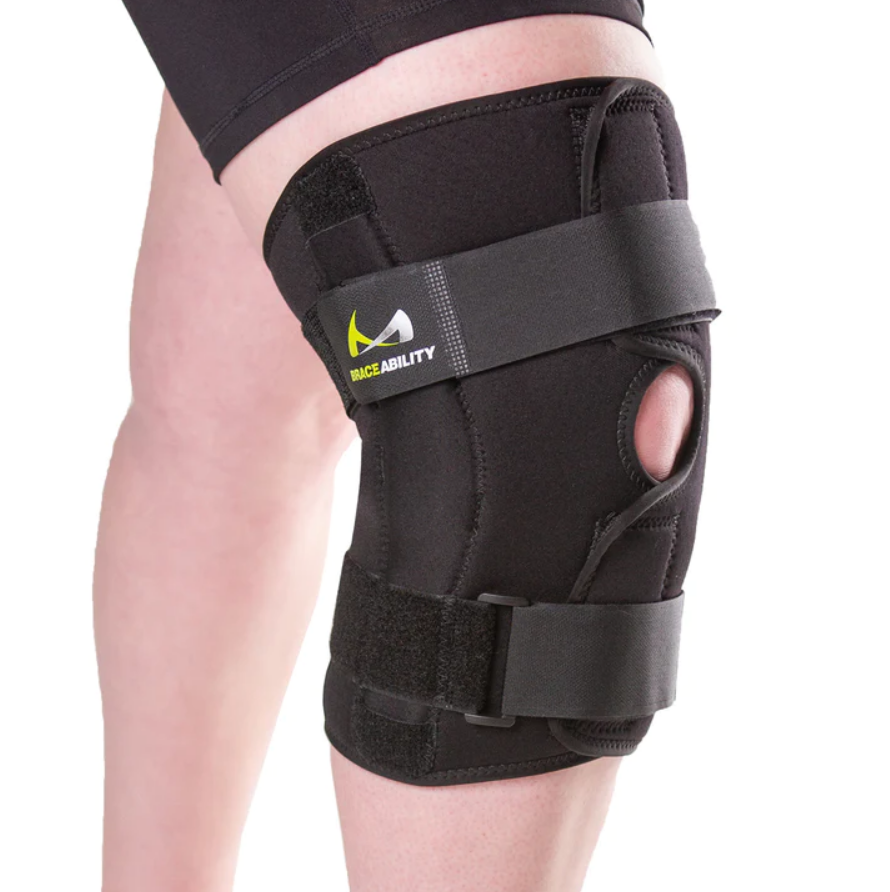
Frequently Asked Questions
Can I wear a knee brace while exercising?
How long should I wear a knee brace?
Can knee braces worsen my condition?
Can I wear a knee brace while exercising?
Yes, knee braces can be worn during exercise or physical activities, especially if you have a pre-existing knee injury or condition that requires additional support. However, it is essential to choose a knee brace specifically designed for active use.
Certain types of knee braces, such as prophylactic or functional braces, are designed to provide support and stability during high-impact activities without compromising mobility. Consult with a healthcare professional to determine the most suitable knee brace for your exercise routine.
How long should I wear a knee brace?
The duration for wearing a knee brace may vary depending on the individual’s condition and the recommendation of a healthcare professional. In some cases, knee braces are worn temporarily during rehabilitation or recovery from an injury or surgery.
For individuals with chronic knee conditions or arthritis, knee braces may be used as needed for pain relief or during physical activities. It is important to follow the instructions provided by your healthcare professional or the manufacturer regarding the appropriate duration and frequency of brace usage.
Can knee braces worsen my condition?
When used correctly and with proper guidance, knee braces should not worsen your condition. However, it is important to select the right type of knee brace and follow the recommendations of healthcare professionals.
Using an ill-fitting or inappropriate knee brace may lead to discomfort, restricted mobility, or even exacerbate existing knee problems. It is crucial to consult with a healthcare professional to ensure you choose the right knee brace for your specific condition and receive proper instructions on usage.
Alternative Treatments for Knee Pain
Physical therapy
Medication and pain management
Surgical interventions
While knee braces can be effective in managing knee pain and providing support, alternative treatments are also available to address knee-related issues. These treatments include:
Physical therapy
Physical therapy plays a crucial role in rehabilitating knee injuries and managing chronic knee pain. A physical therapist can design a customized exercise program to strengthen the muscles surrounding the knee, improve flexibility, and promote overall knee joint health.
Additionally, physical therapists can provide manual therapy techniques, such as joint mobilization or soft tissue massage, to reduce pain and improve range of motion.
Medication and pain management
For individuals with moderate to severe knee pain, medication may be prescribed to manage pain and inflammation. Non-steroidal anti-inflammatory drugs (NSAIDs) are commonly used to reduce pain and swelling in the knee joint.
Injections, such as corticosteroids or hyaluronic acid, may also be recommended to provide temporary relief from knee pain.
Surgical interventions
In cases where conservative treatments have not provided adequate relief, surgical interventions may be considered. Depending on the underlying cause of the knee pain, surgical options may include arthroscopy, ligament reconstruction, or joint replacement.
Surgery should be discussed with a healthcare professional, and the potential benefits and risks should be carefully considered before making a decision.
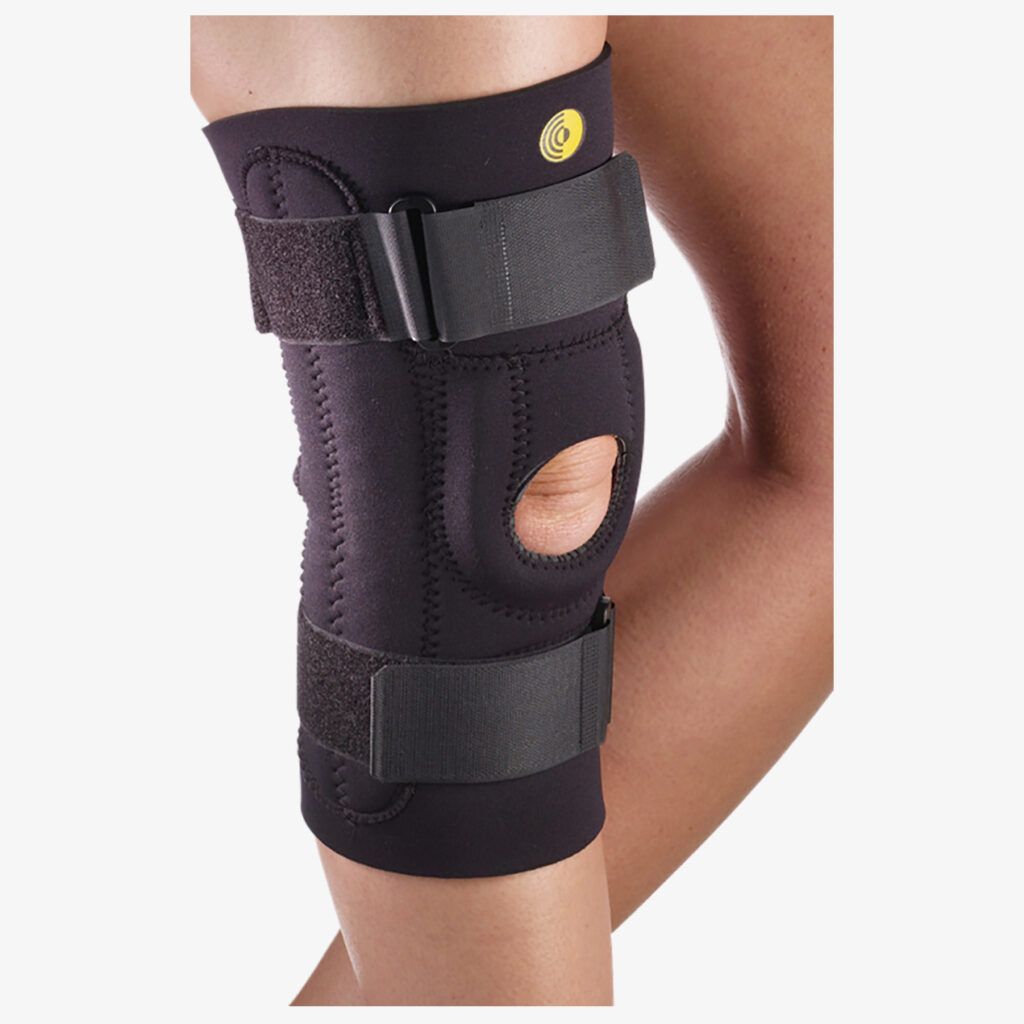
Preventing Knee Injuries
Proper warm-up and stretching
Strengthening exercises
Correct form during physical activities
Preventing knee injuries is crucial for maintaining knee health and overall well-being. Here are some preventive measures that can help reduce the risk of knee injuries:
Proper warm-up and stretching
Before engaging in any physical activity or exercise, it is important to warm up your muscles and prepare your body for the movement. Warm-up exercises, such as jogging or cycling, increase blood flow to the muscles and help prevent muscle strains or tears.
Stretching before and after exercise can also improve flexibility, prevent muscle imbalances, and reduce the risk of knee injuries. Focus on stretches that target the muscles around the knee, such as the quadriceps, hamstrings, and calves.
Strengthening exercises
Strengthening the muscles that support the knee joint can improve stability and prevent injuries. Exercises that target the quadriceps, hamstrings, glutes, and calves can help build strength and reduce the risk of imbalances or weakness that may contribute to knee injuries.
Include exercises such as squats, lunges, leg presses, and calf raises in your workout routine to strengthen the muscles around the knee.
Correct form during physical activities
Maintaining proper form and technique during physical activities is crucial for preventing knee injuries. When participating in sports or engaging in high-impact activities, ensure that you have been trained in the correct technique to avoid putting excessive stress on the knee joint.
Avoid sudden, jerky movements, and be mindful of proper body alignment and posture. If you feel any discomfort or pain in your knees during physical activities, stop and consult with a healthcare professional.
The Importance of Consultation
Consulting with a healthcare professional
Following medical advice
Monitoring progress and adjusting usage
When dealing with knee pain or injuries, it is important to seek professional guidance and consultation. Here are some key points to consider:
Consulting with a healthcare professional
If you are experiencing knee pain or have sustained a knee injury, it is crucial to consult with a healthcare professional, such as a doctor or orthopedic specialist. They can accurately diagnose your condition, provide appropriate treatment options, and recommend the most suitable knee brace if needed.
A healthcare professional will have the expertise and knowledge to guide you in choosing the right knee brace and provide instructions on proper usage.
Following medical advice
Once you have consulted with a healthcare professional and received a diagnosis or treatment plan, it is crucial to follow their advice and recommendations. This may include wearing a knee brace for a specific duration and engaging in rehabilitative exercises or therapy.
Failure to follow medical advice may hinder your recovery or exacerbate your condition. It is important to communicate with your healthcare professional and consult them if you have any concerns or questions.
Monitoring progress and adjusting usage
As you incorporate a knee brace into your treatment plan, it is important to monitor your progress and adjust the usage as necessary. Regularly assess the effectiveness of the knee brace in providing support and pain relief.
If you experience any changes in your symptoms or have concerns about the brace’s fit or functionality, consult with your healthcare professional for guidance. They may recommend adjustments or modifications to ensure optimal results.
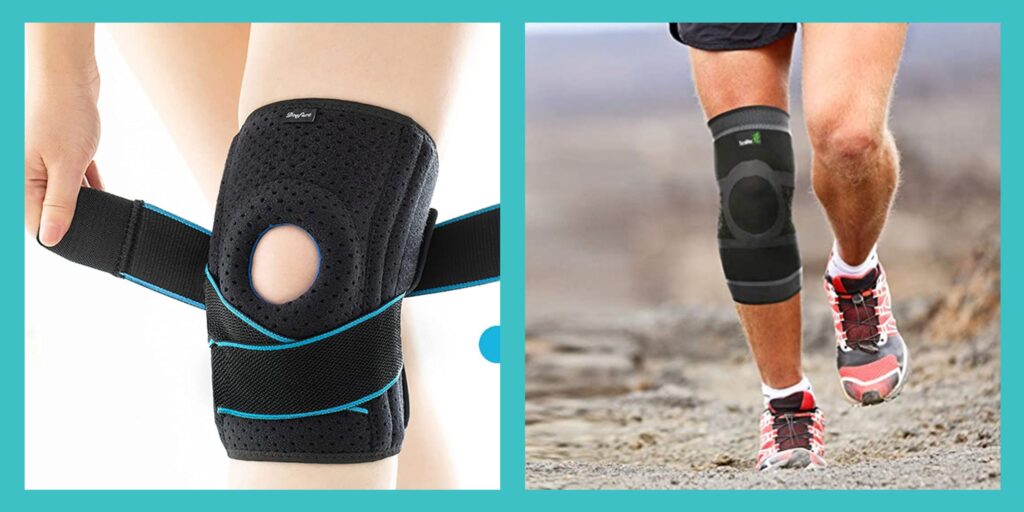
Testimonials and Success Stories
Real-life experiences with knee braces
How knee braces have improved quality of life
Personal journeys to pain-free living
Knee braces have significantly improved the lives of many individuals suffering from knee injuries, chronic pain, or post-surgery recovery. Here are some real-life testimonials and success stories:
Real-life experiences with knee braces
“I sprained my knee while playing soccer and was devastated as I thought I would have to stop playing. But with the help of a knee brace, I was able to get back on the field within weeks. The brace provided excellent support and stability, allowing me to continue my passion for the sport.”
How knee braces have improved quality of life
“Living with chronic knee pain due to arthritis was incredibly challenging. Simple activities like going up the stairs or walking to the grocery store became unbearable. Since I started using a knee brace, my pain has significantly reduced, and I am able to enjoy daily activities with minimal discomfort. It has truly improved my quality of life.”
Personal journeys to pain-free living
“After undergoing knee surgery, I was worried about the lengthy recovery process ahead. However, using a rehabilitative knee brace provided the support and stability my knee needed. With consistent rehabilitation exercises and wearing the brace as instructed, I was able to recover faster than I anticipated. It feels amazing to be pain-free and back to my regular activities!”
Conclusion
Embracing a pain-free life with knee braces
Exploring options for optimal knee health
Improving mobility and overall well-being
Knee braces have proven to be effective in providing support, stability, and pain relief for individuals with knee injuries, arthritis, and post-surgery recovery. By understanding the different types of knee braces, their mechanisms of action, and proper usage, one can make an informed decision when choosing a knee brace.
In addition to knee braces, alternative treatments such as physical therapy, medication, and surgical interventions can also be explored based on individual needs and conditions.
Preventing knee injuries through warm-up exercises, strength training, and practicing correct form is crucial for maintaining knee health and preventing future issues.
Consultation with a healthcare professional is essential for accurate diagnosis, treatment recommendations, and guidance on knee brace usage. By following medical advice, monitoring progress, and making necessary adjustments, individuals can optimize the benefits of knee braces and experience a pain-free life.
Investing in knee health and utilizing the appropriate resources, such as knee braces, can significantly improve mobility, overall well-being, and enhance the quality of life. Embrace the potential of knee braces in bracing you for a pain-free life.
